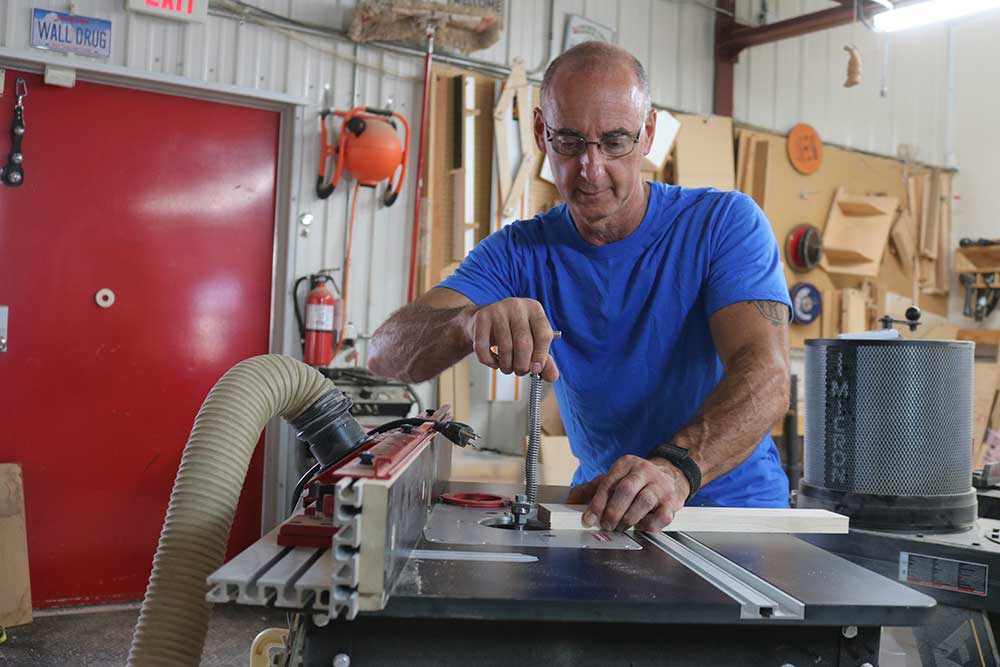
Gluing Up a Hollow Column
George VondriskaGluing up a column, or any multi-sided object, can be a challenge. Getting uniform clamping pressure isn’t easy, unless you use just the right clamp. The key to good (and easy) clamping on multi-sided objects is using a strap clamp. Strap clamps allow you to completely wrap the object, getting perfectly uniform pressure from every direction.
Sequence matters
When you make a column the order of operations is really important. Don’t try to assemble the entire column at one time. Put each half of the column together and, after the glue is dry, flatten the remaining faces. This guarantees that the two faces will line up, even if you missed slightly when cutting the angles on all those parts. Think about it; if you miss each angle you cut by only a tiny bit, there’s no way the column will go together. Following the procedure we’ve outlined for you here, and using the right clamps, will make assembly a lot easier.
Strap clamps are great for putting mitered frames together, too. We can apply the same idea of uniform pressure to picture frames. The best way to pull the miters together is to pull on all four of them at the same time. Strap clamps excel at this.
General assembly tips
There aren’t many projects that go together without gluing and clamping. Whether you’re assembling a cabinet carcase, cutting board, table, or doing a panel glue-up, WWGOA has lots of tips and tricks to make it go better.
More info
For more information on Bessey’s Strap Clamps, visit their website.
Share tips, start a discussion or ask one of our experts or other students a question.
Already a member? Sign in
5 Responses to “Gluing Up a Hollow Column”
Explore videos by George Vondriska
You may be interested in
Premium Membership
Unlock exclusive member content from our industry experts.
- 24/7 Access to Premium Woodworking Videos, Projects, and Tips
- Step-by-Step Instructional Demos, Plans, and Tutorials
- 50% Off Video Downloads Purchased in the Woodworkers Guild of America Shop
- 2 Printable Woodworking Plans
Unlock exclusive member content from our industry experts.
- 24/7 Access to Premium Woodworking Videos, Projects, and Tips
- Step-by-Step Instructional Demos, Plans, and Tutorials
- 50% Off Video Downloads Purchased in the Woodworkers Guild of America Shop
- 2 Full-Length Video Downloads to Watch Offline
- 2 Printable Woodworking Plans
Gold Membership
$370 Value
Get everything included in Premium plus exclusive Gold Membership benefits.
- 24/7 Access to Premium Woodworking Videos, Projects, and Tips
- Step-by-Step Instructional Demos, Plans, and Tutorials
- 8 Full-Length Video Downloads to Watch Offline
- 3 Full-Length Woodworking Classes to Keep for Life
- 7 Printable Woodworking Plans
- Discounts on Purchase-to-Own Content in the Woodworkers Guild of America Shop
- Access to Ask the Expert Program
- Exclusive GOLD LIVE Streaming Events
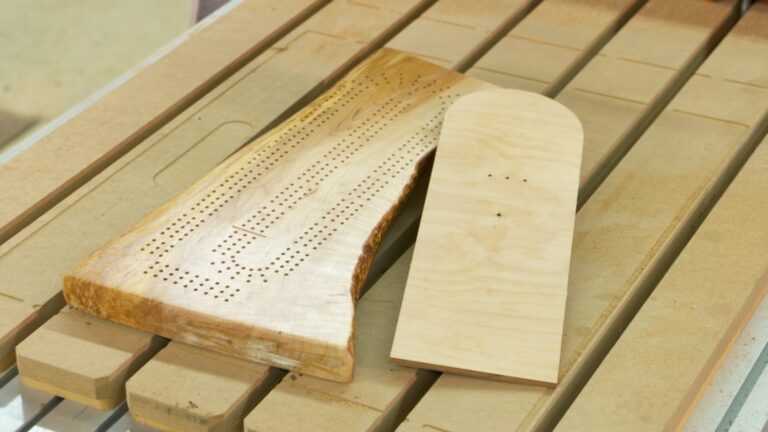
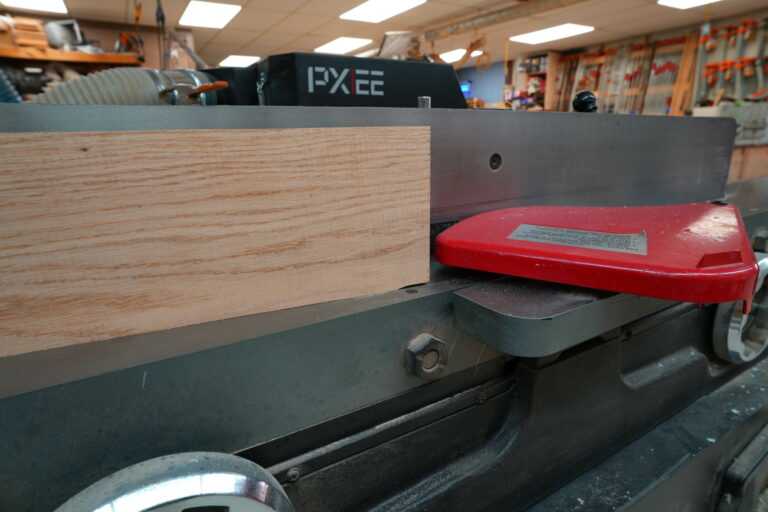
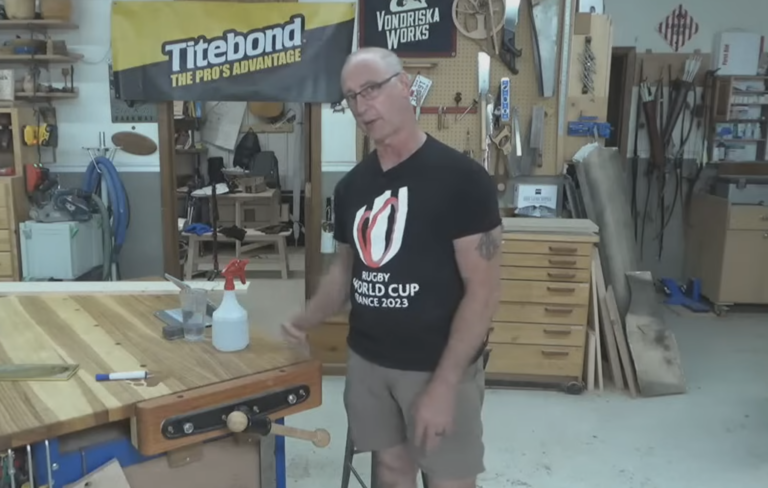
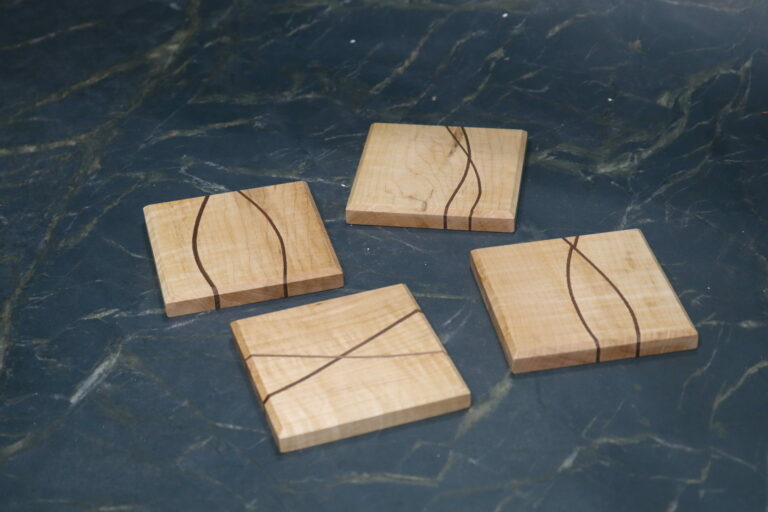
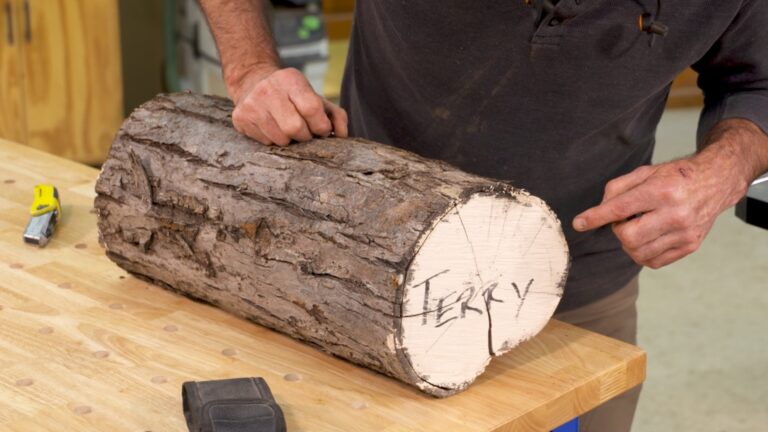
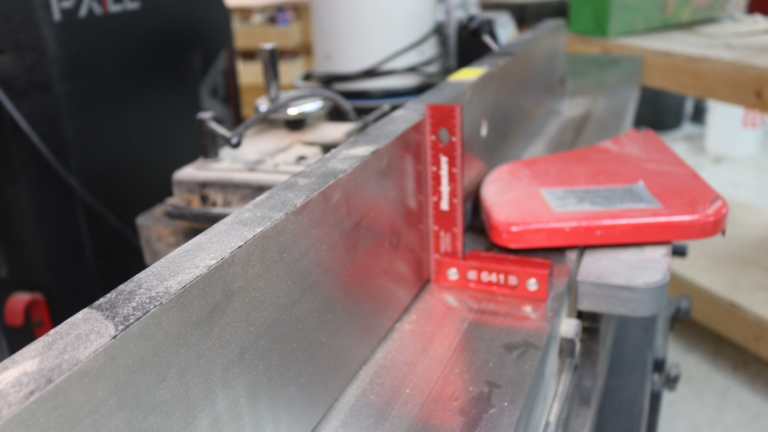
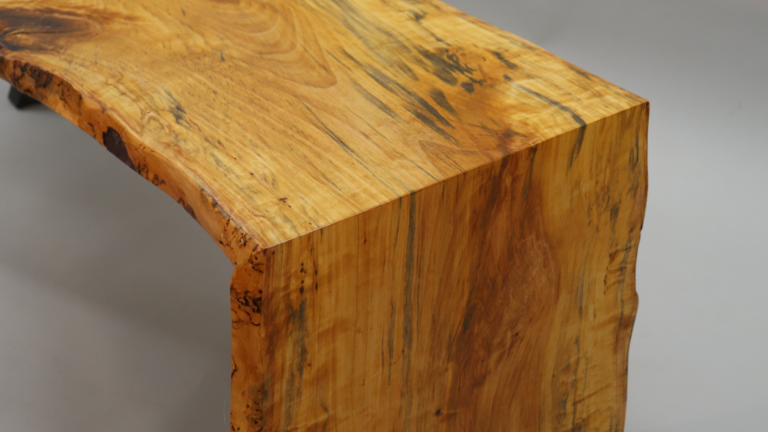
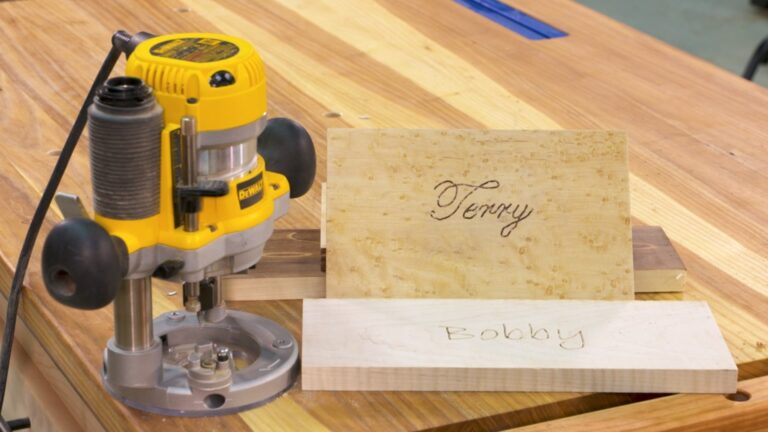

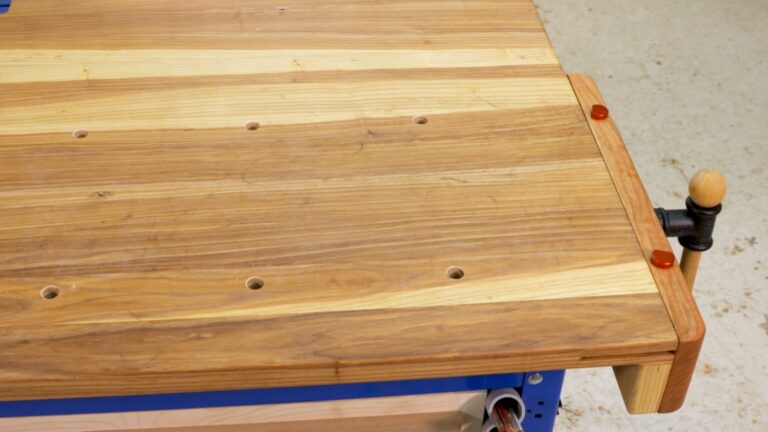

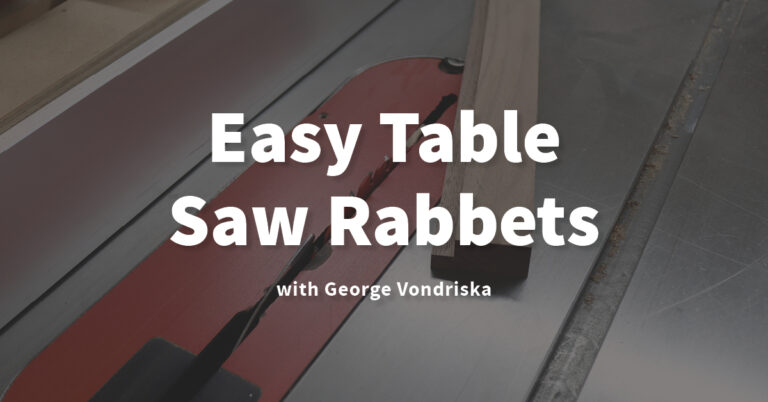
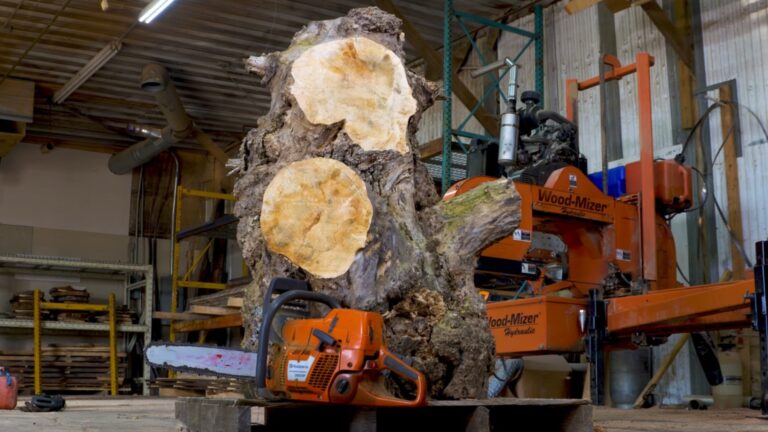


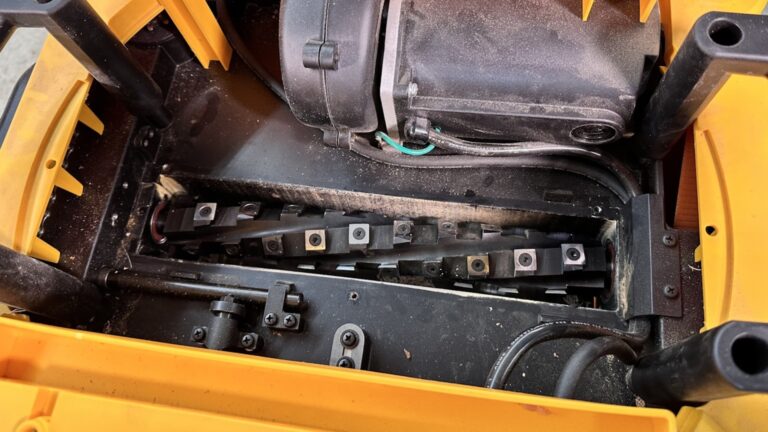
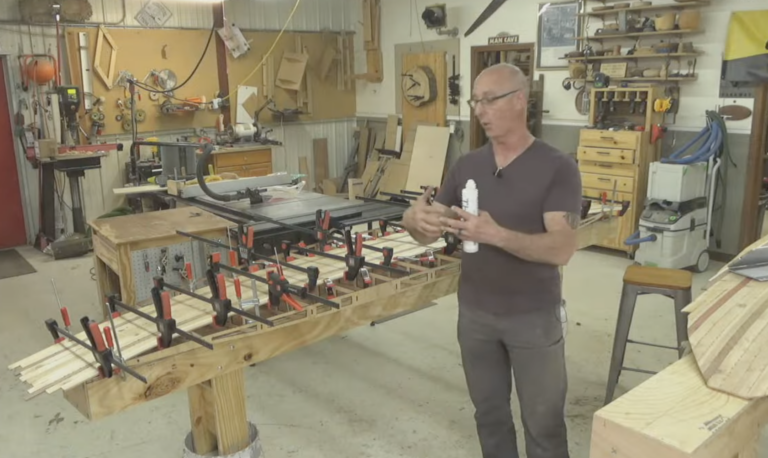
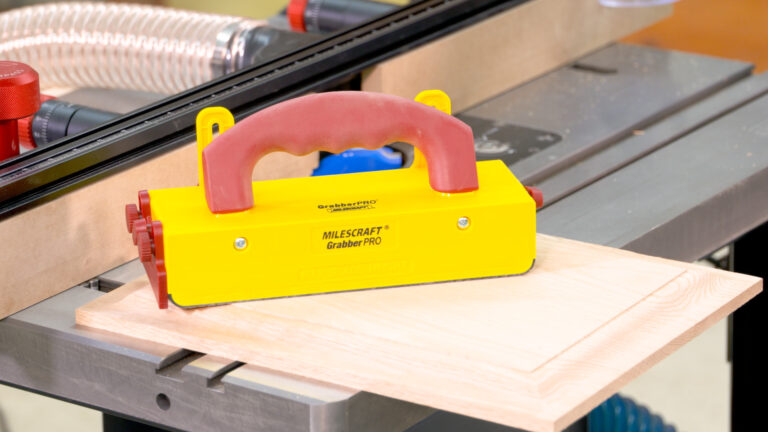
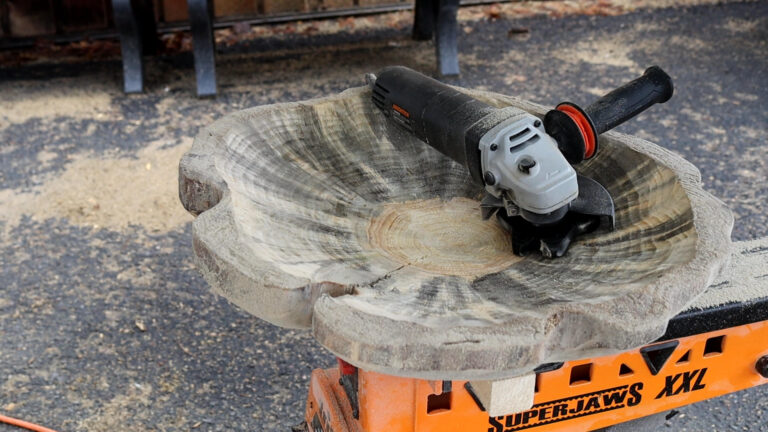
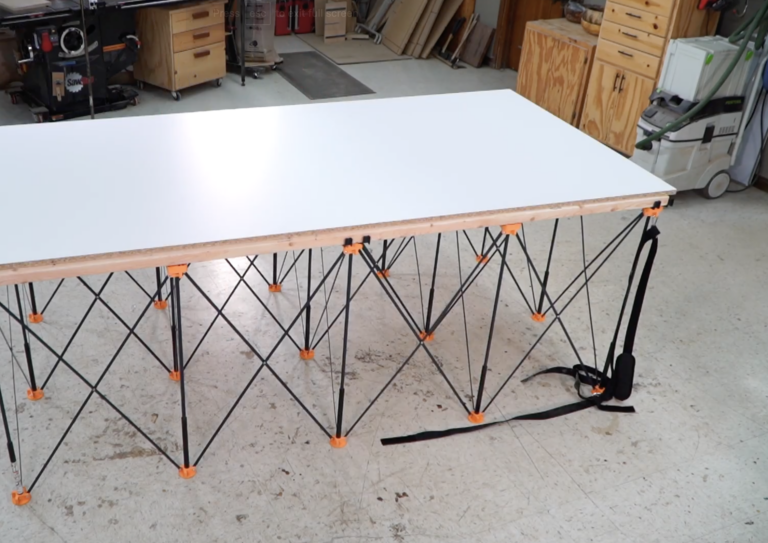
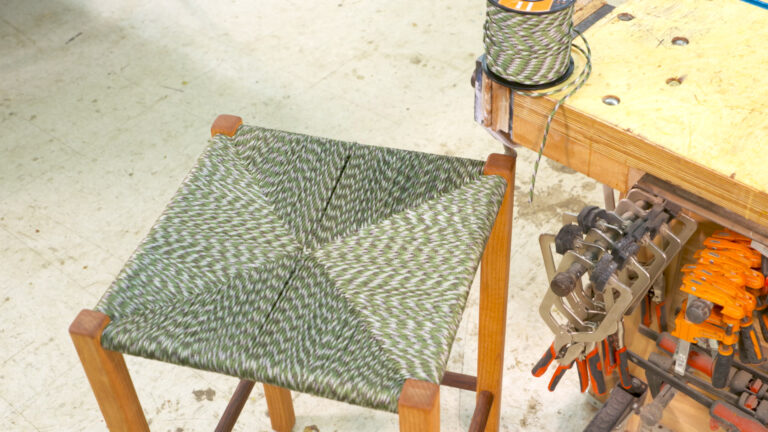
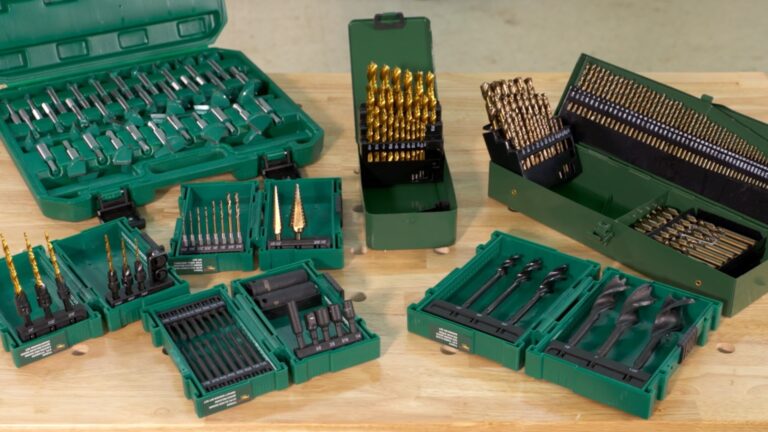
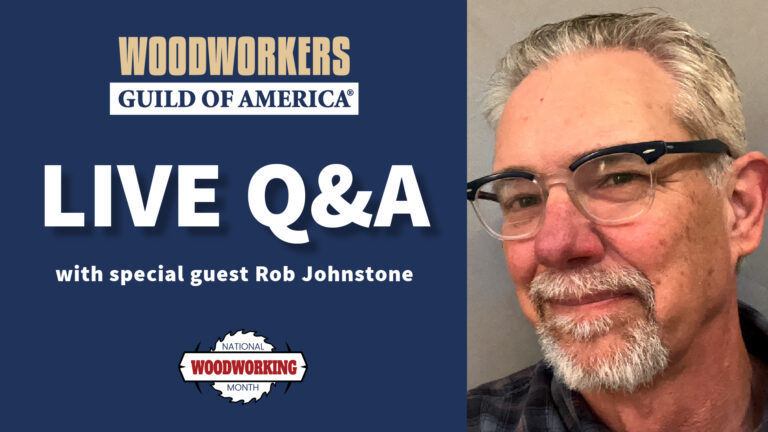
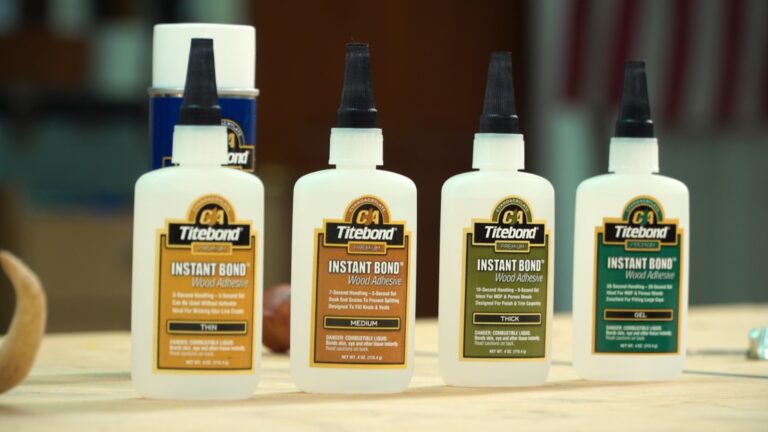
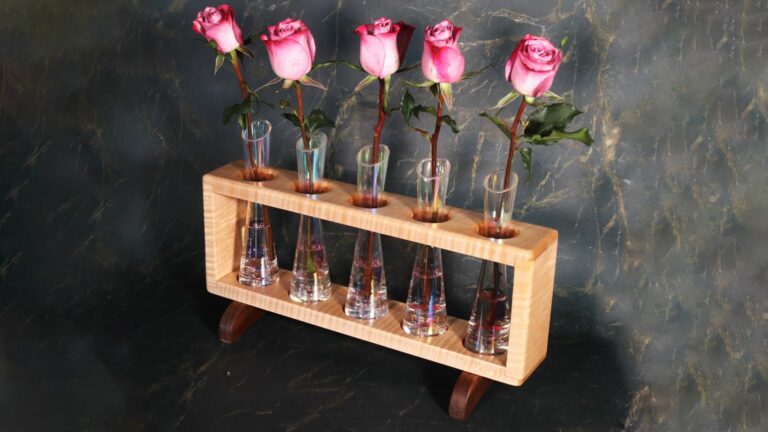
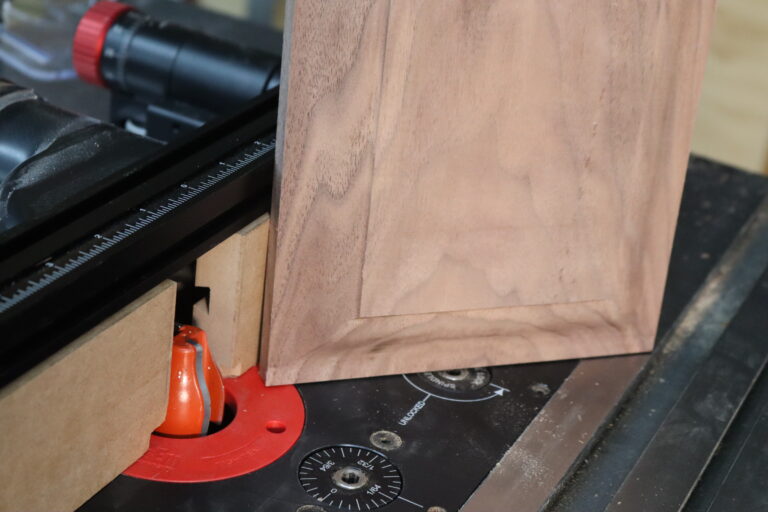
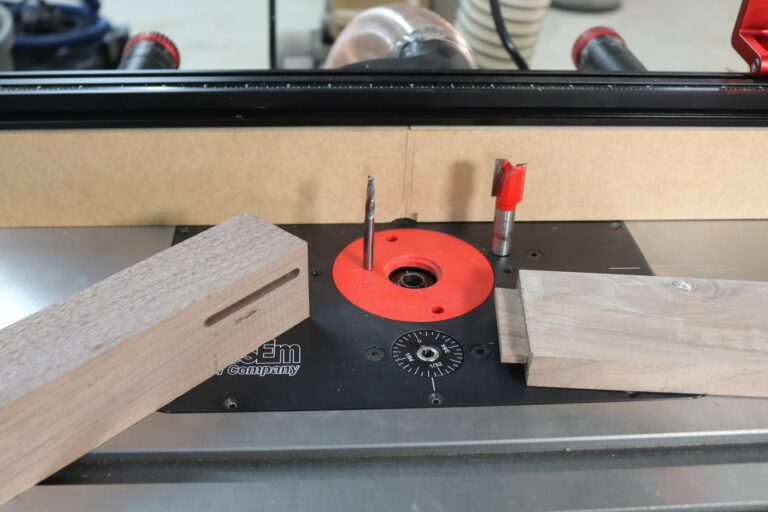
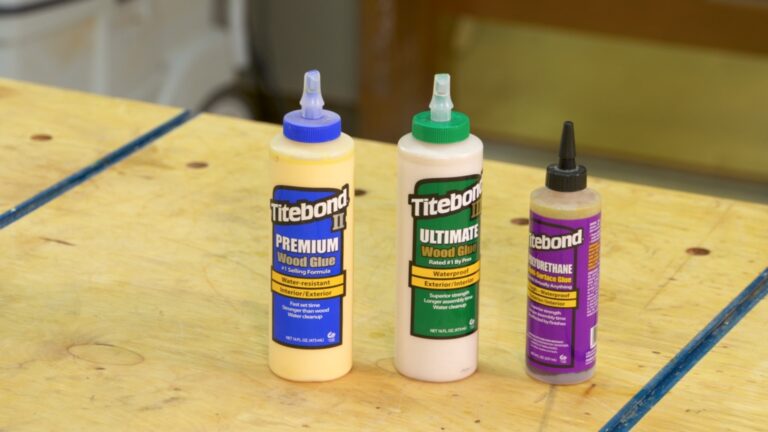
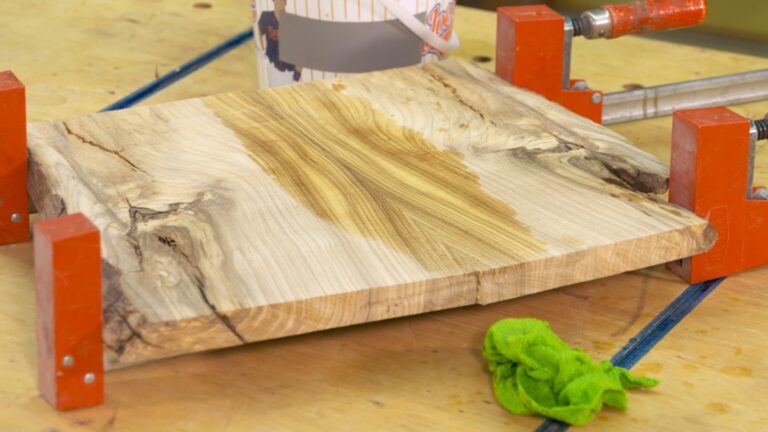
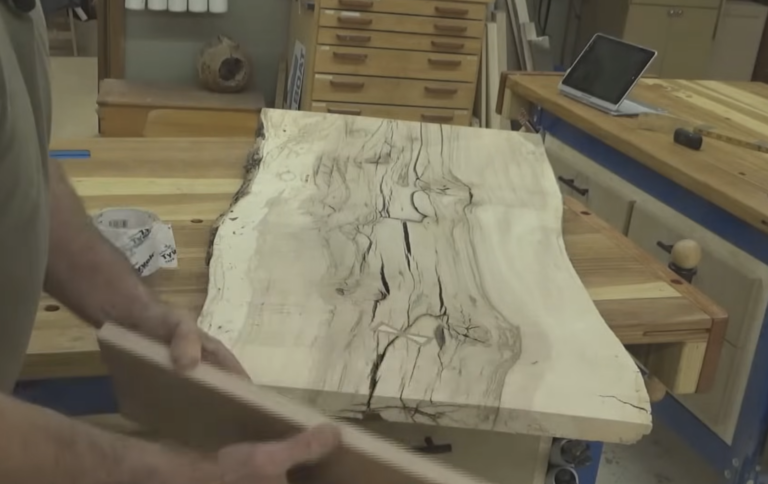
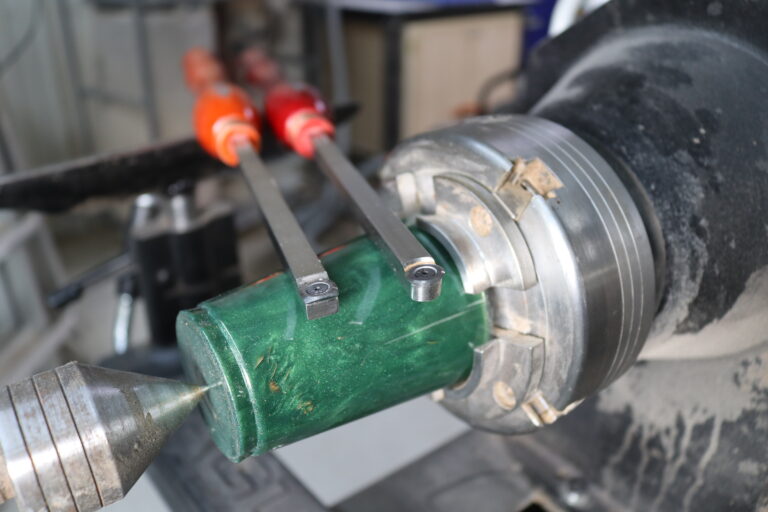
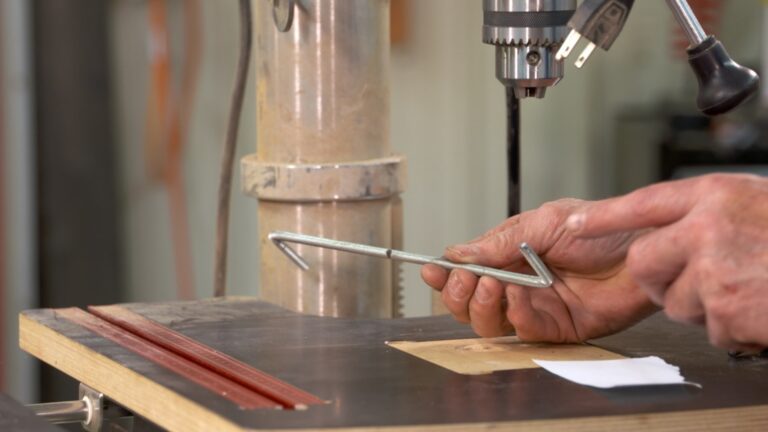
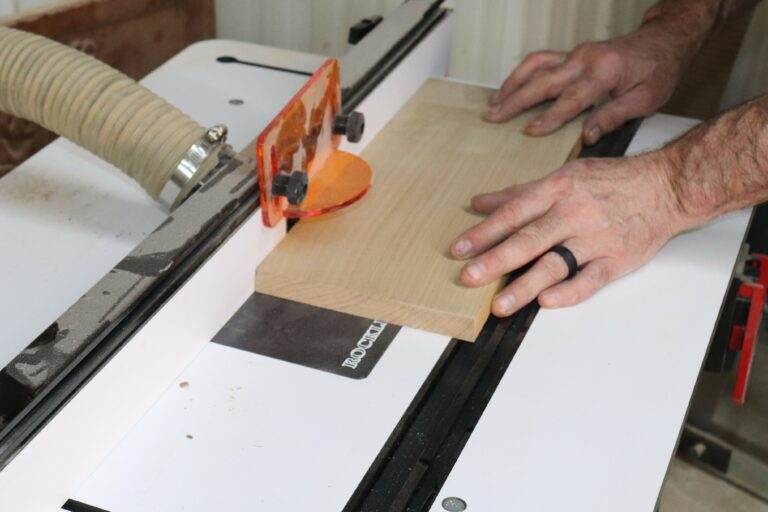
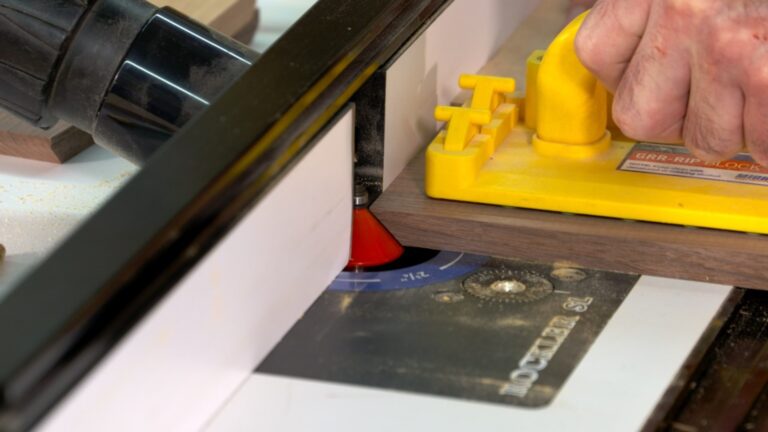
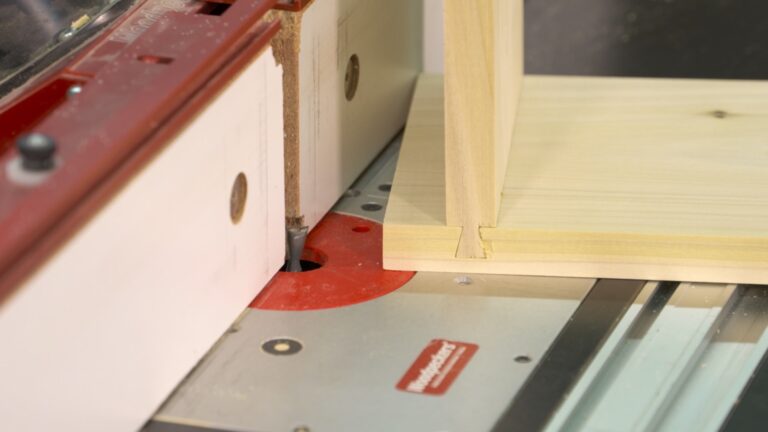
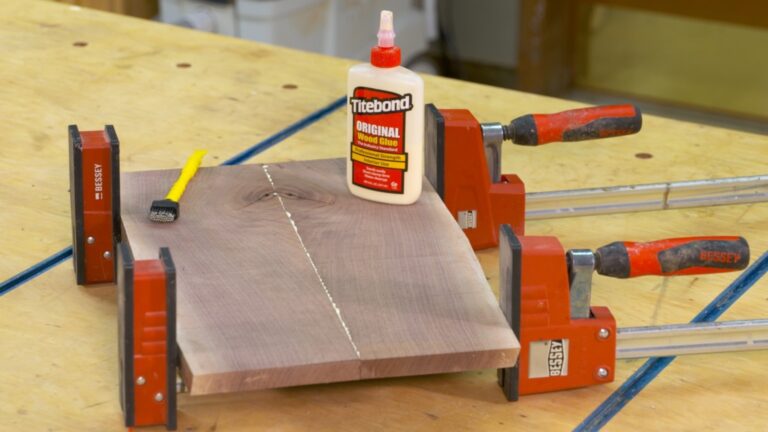
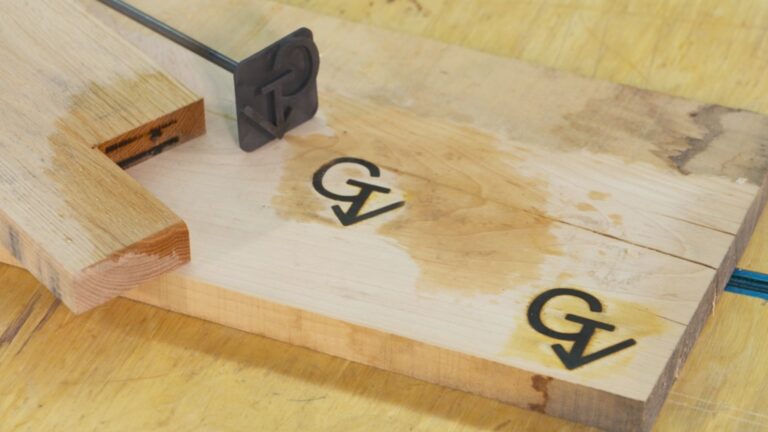
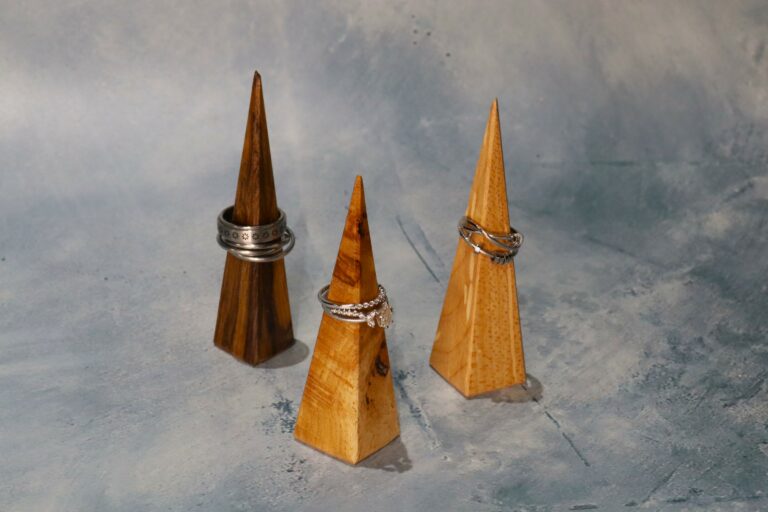
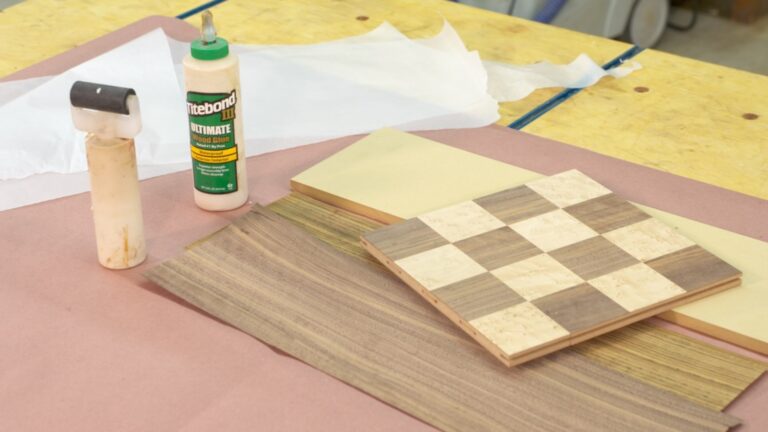
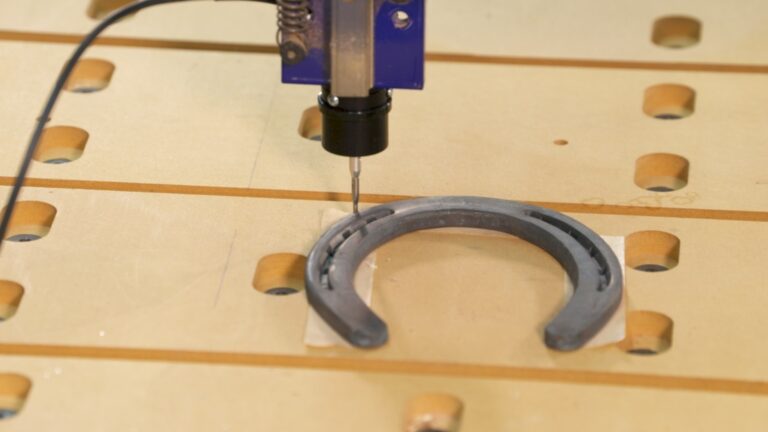
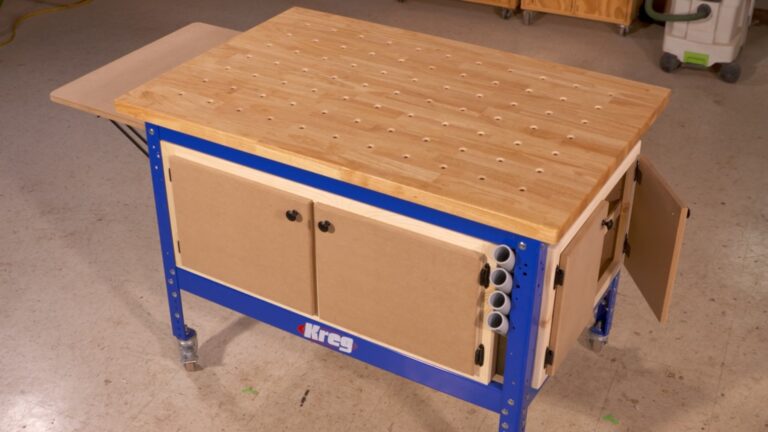

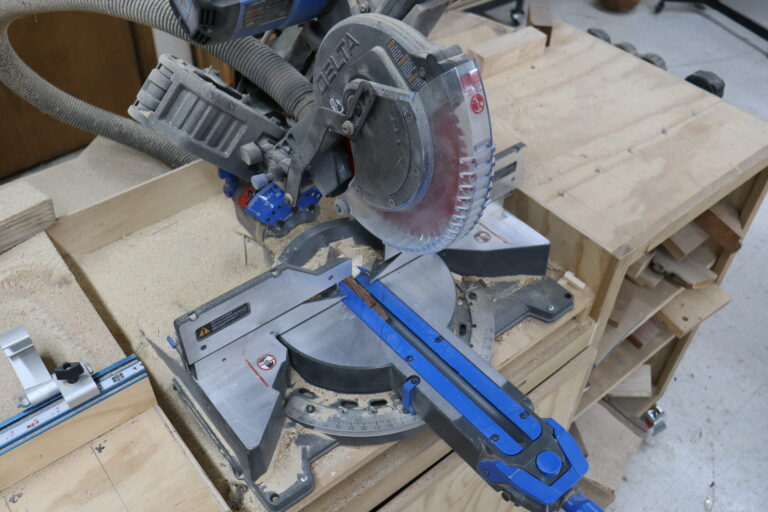
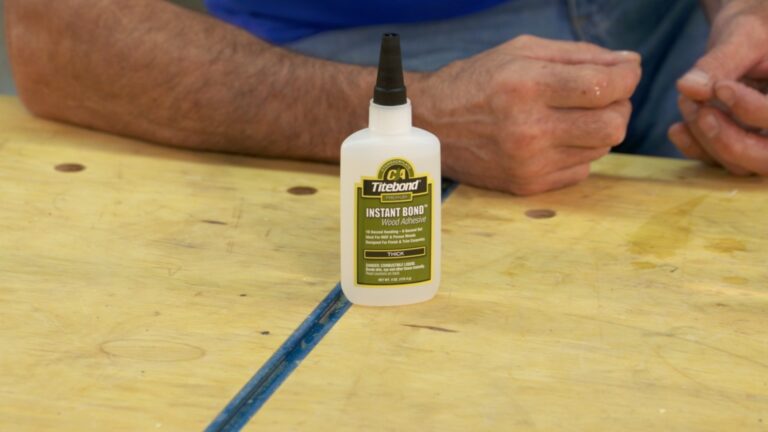
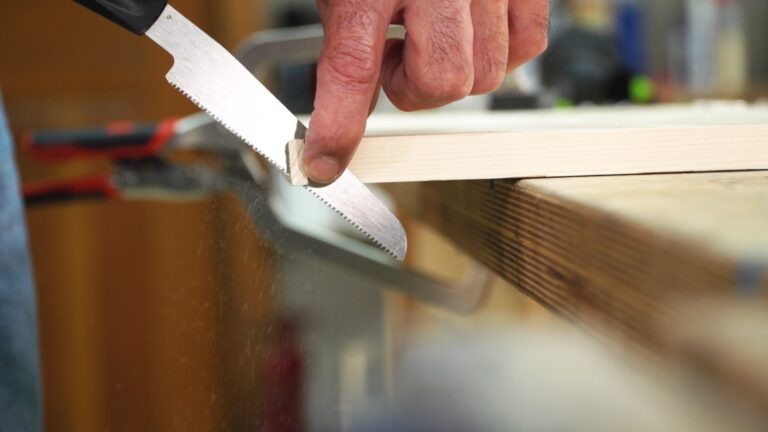
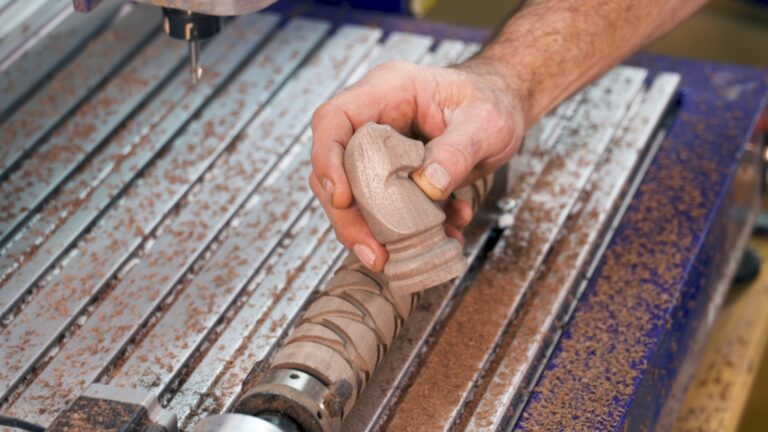
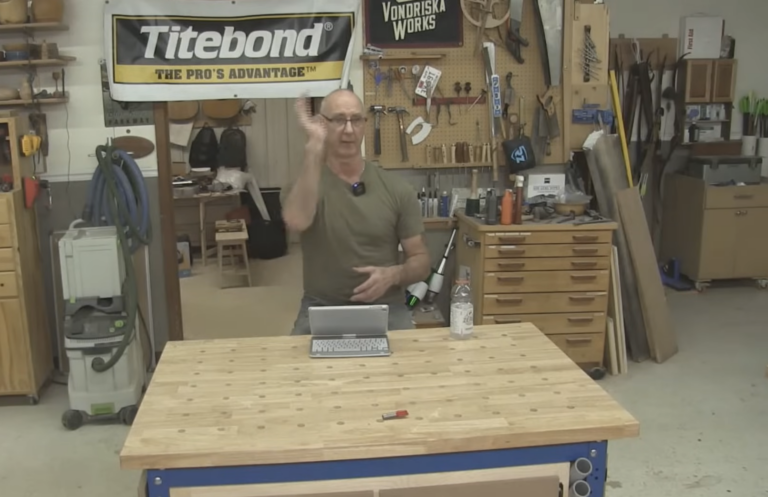
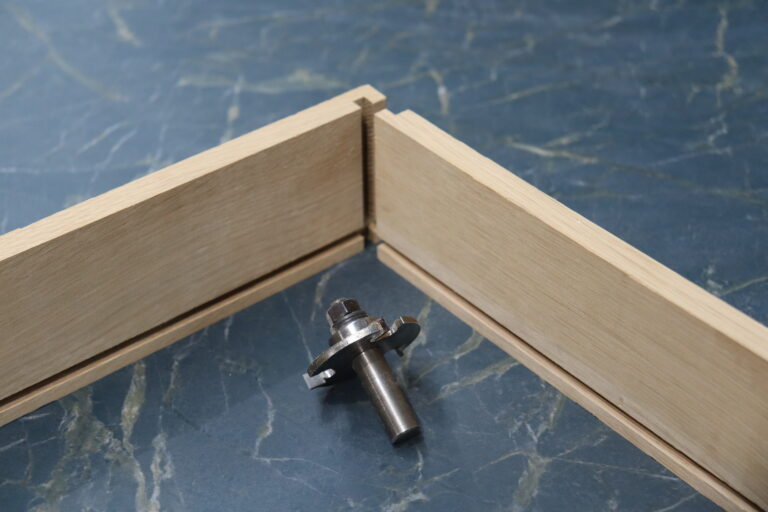
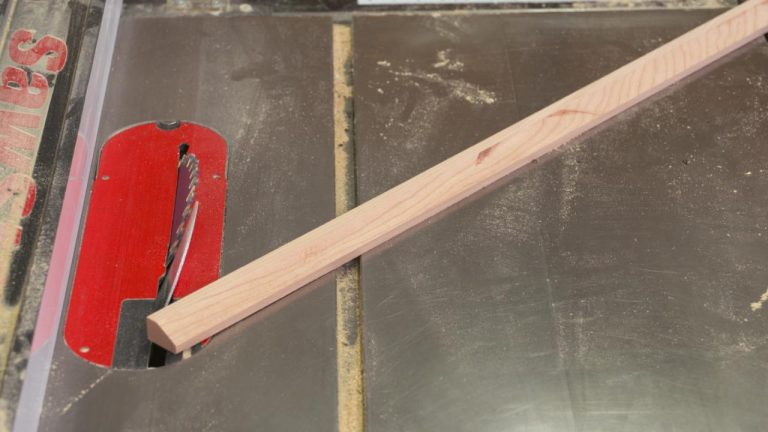
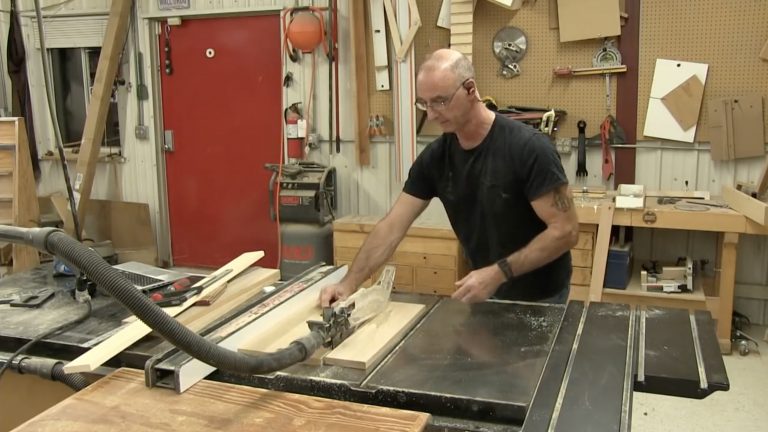
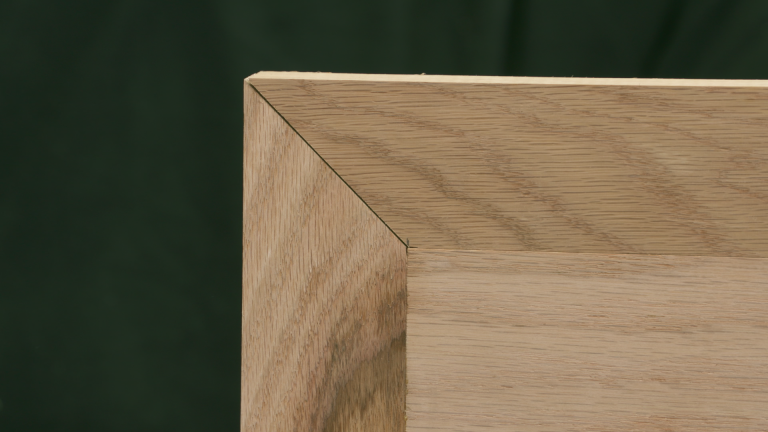
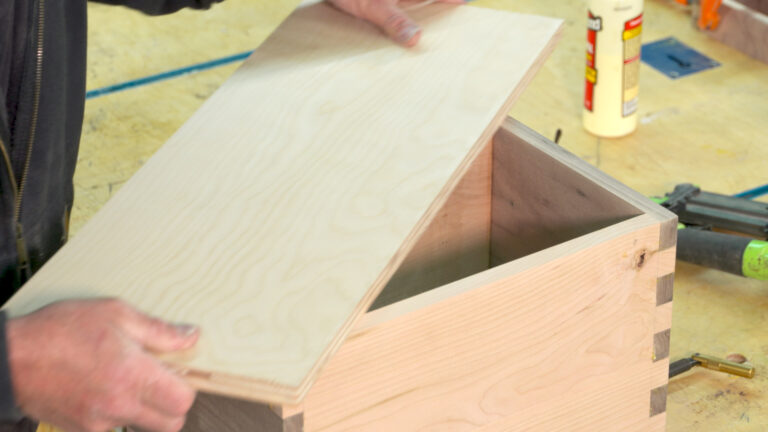
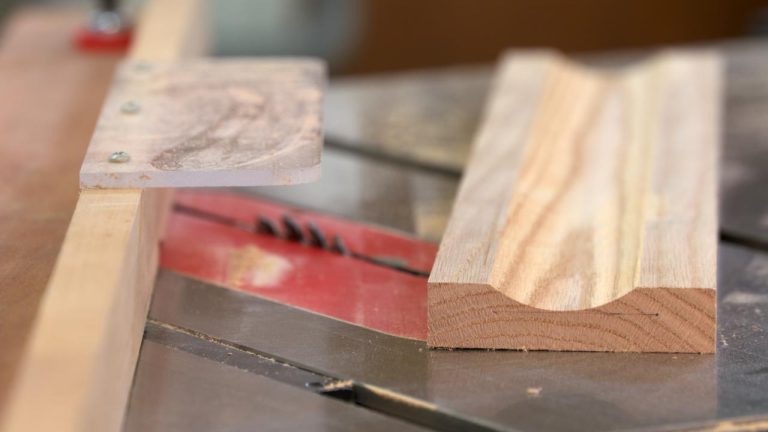
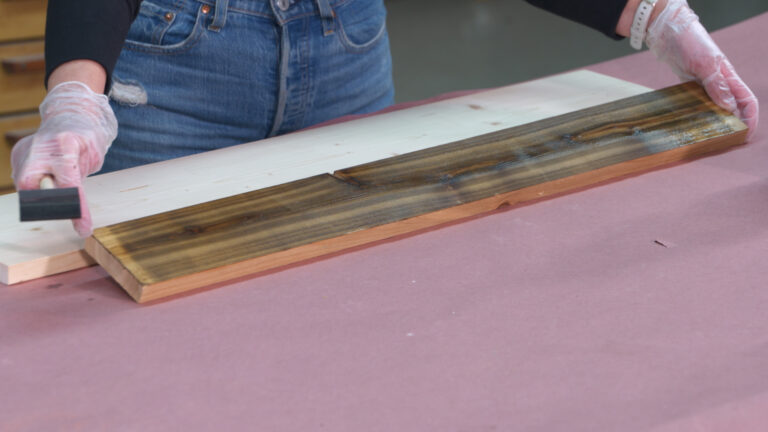
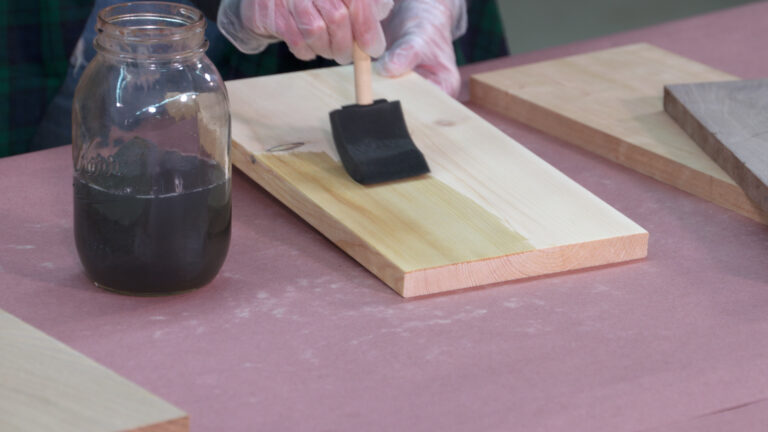
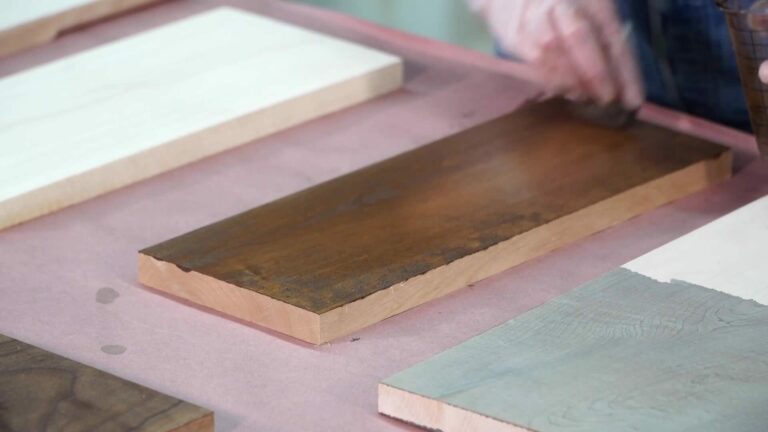
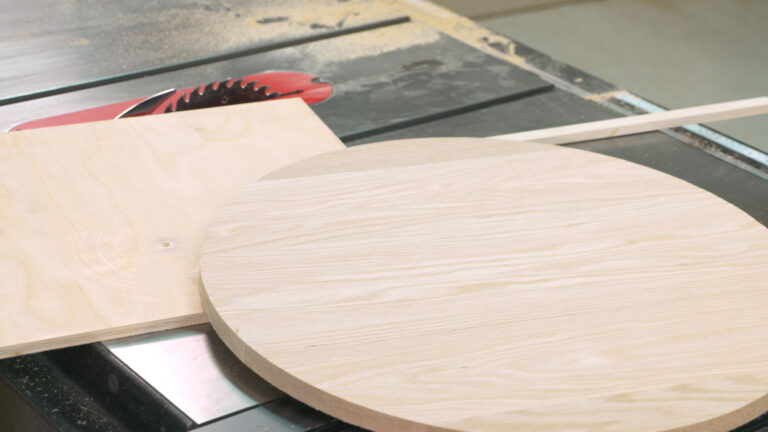
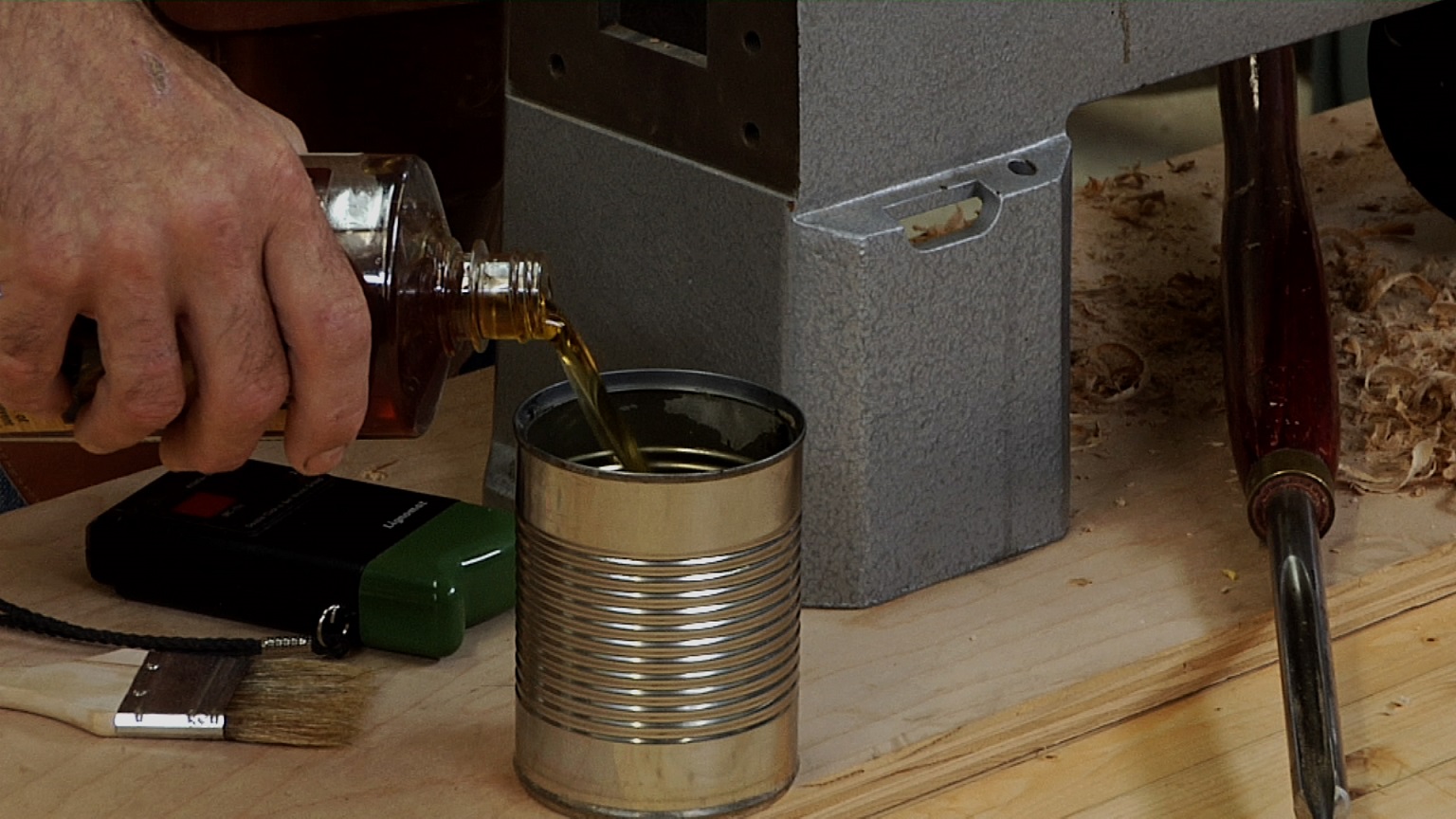
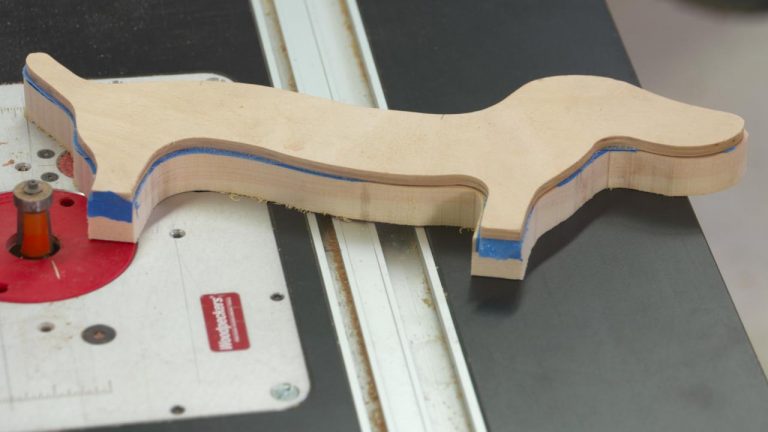
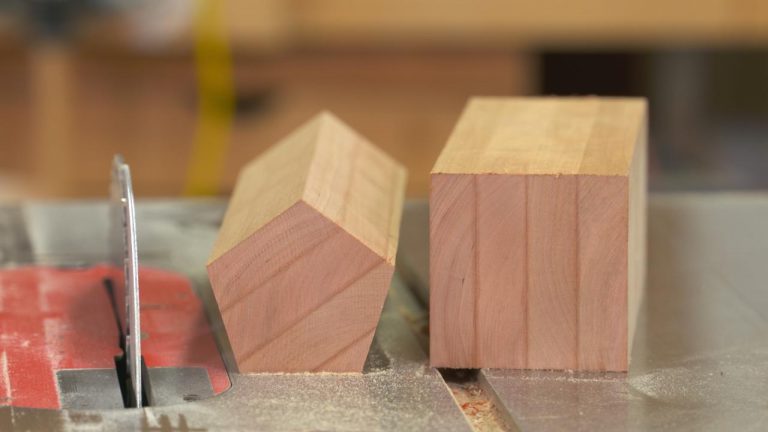
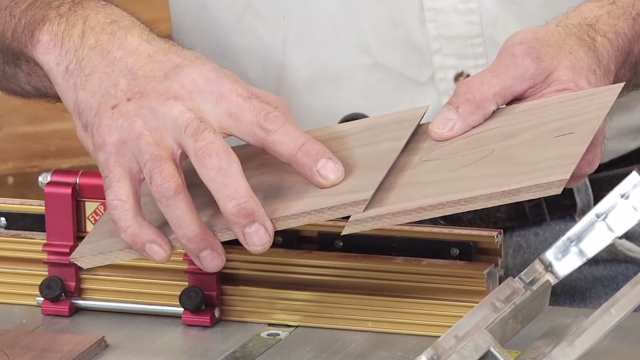
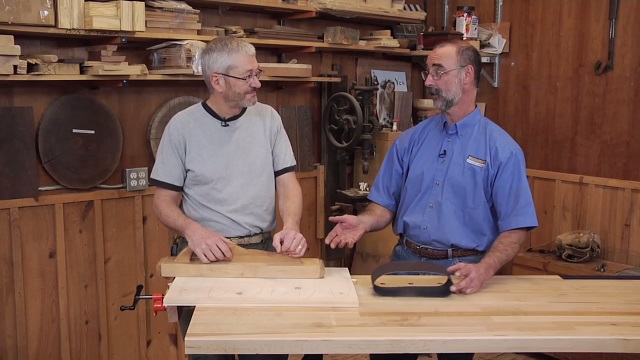
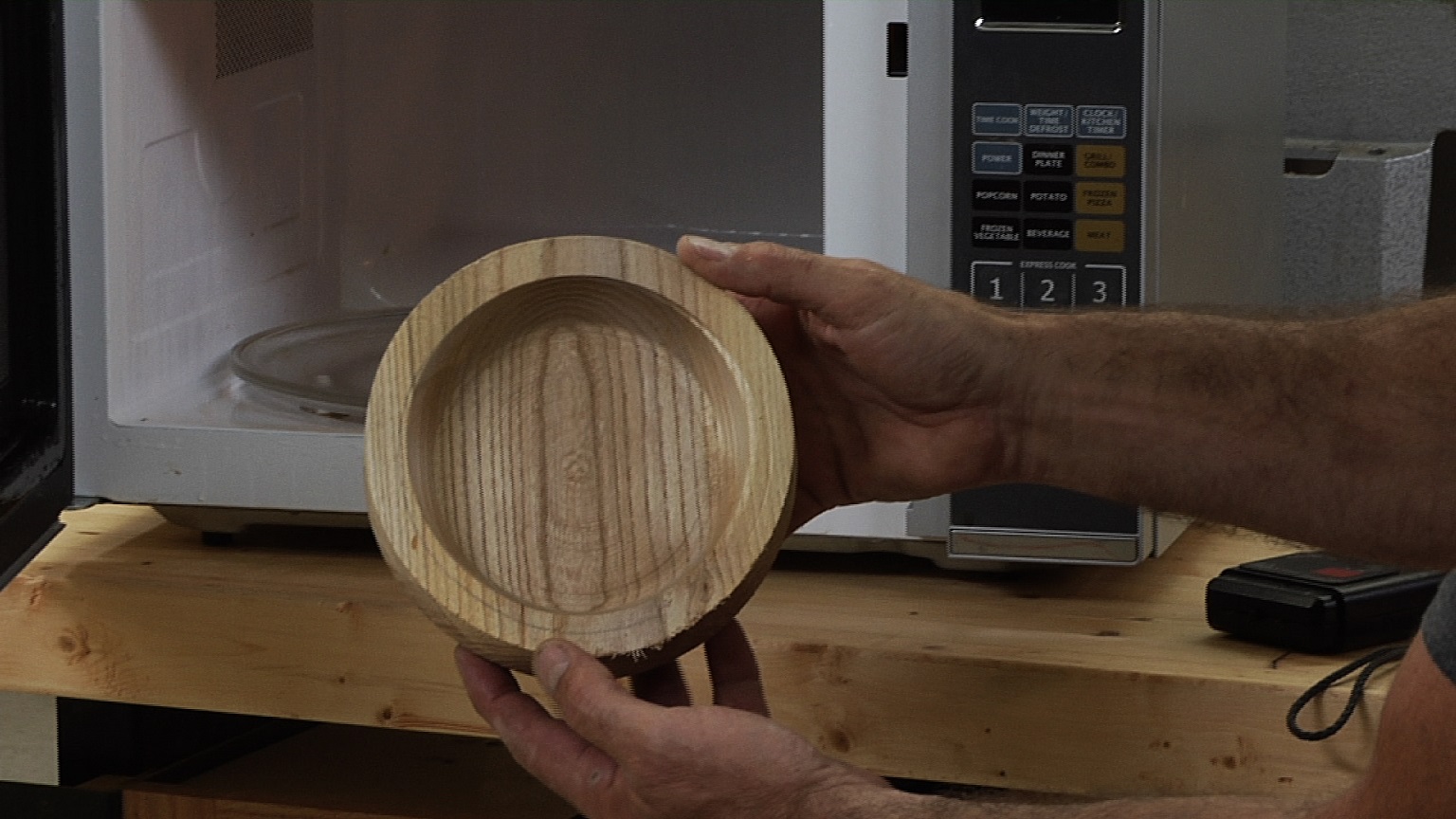
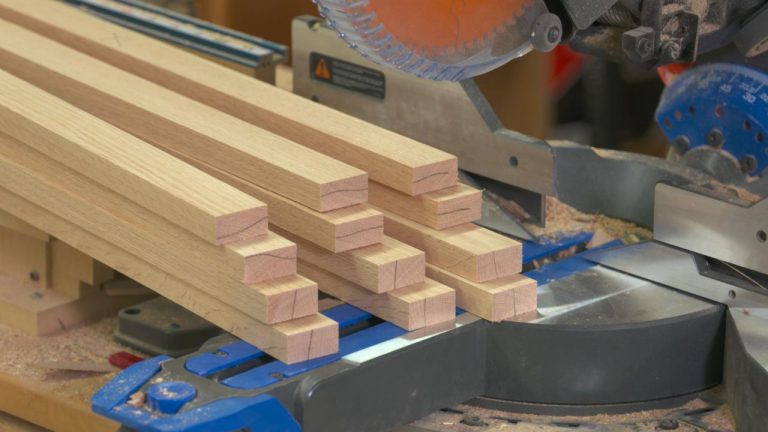
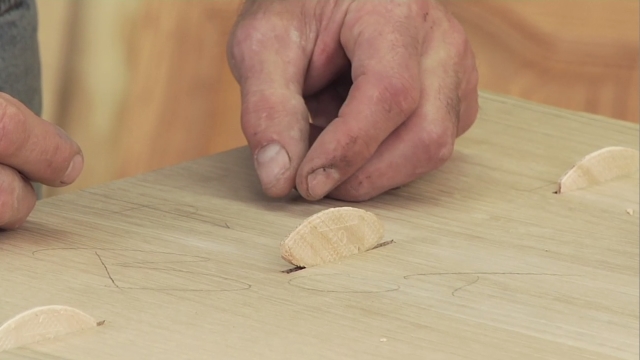
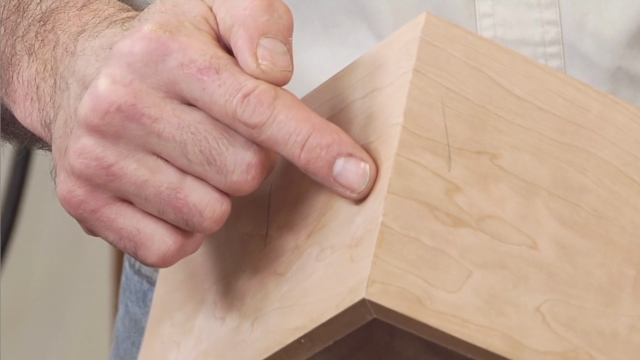
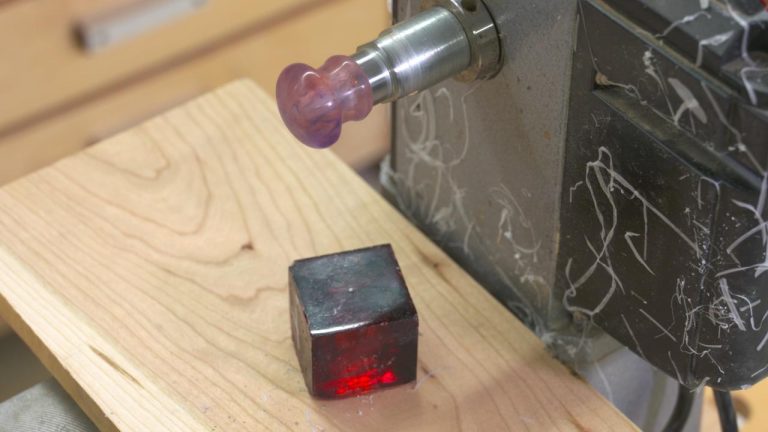
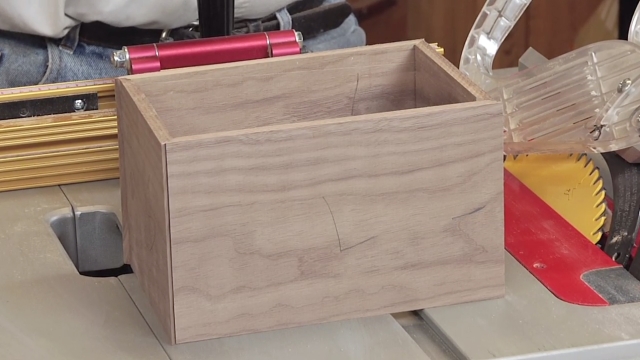
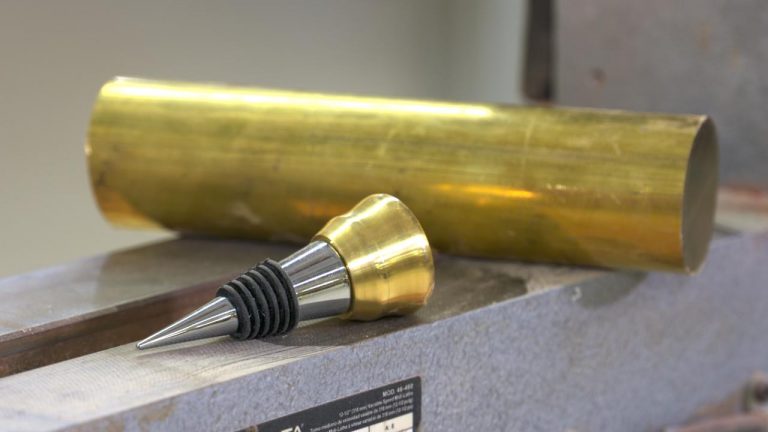
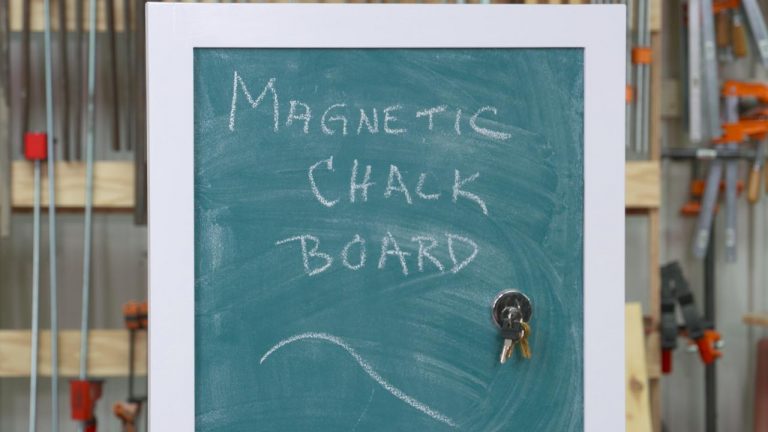
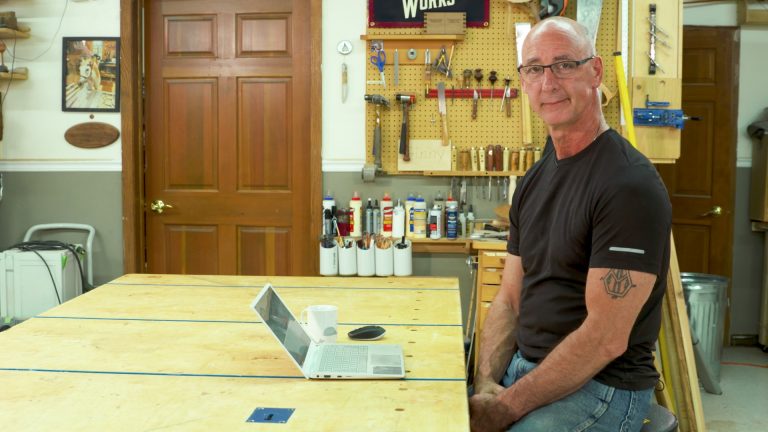
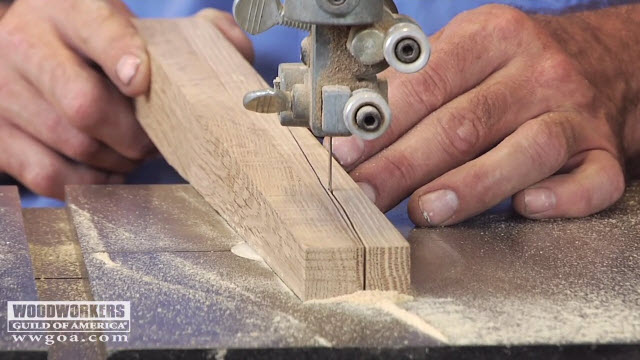
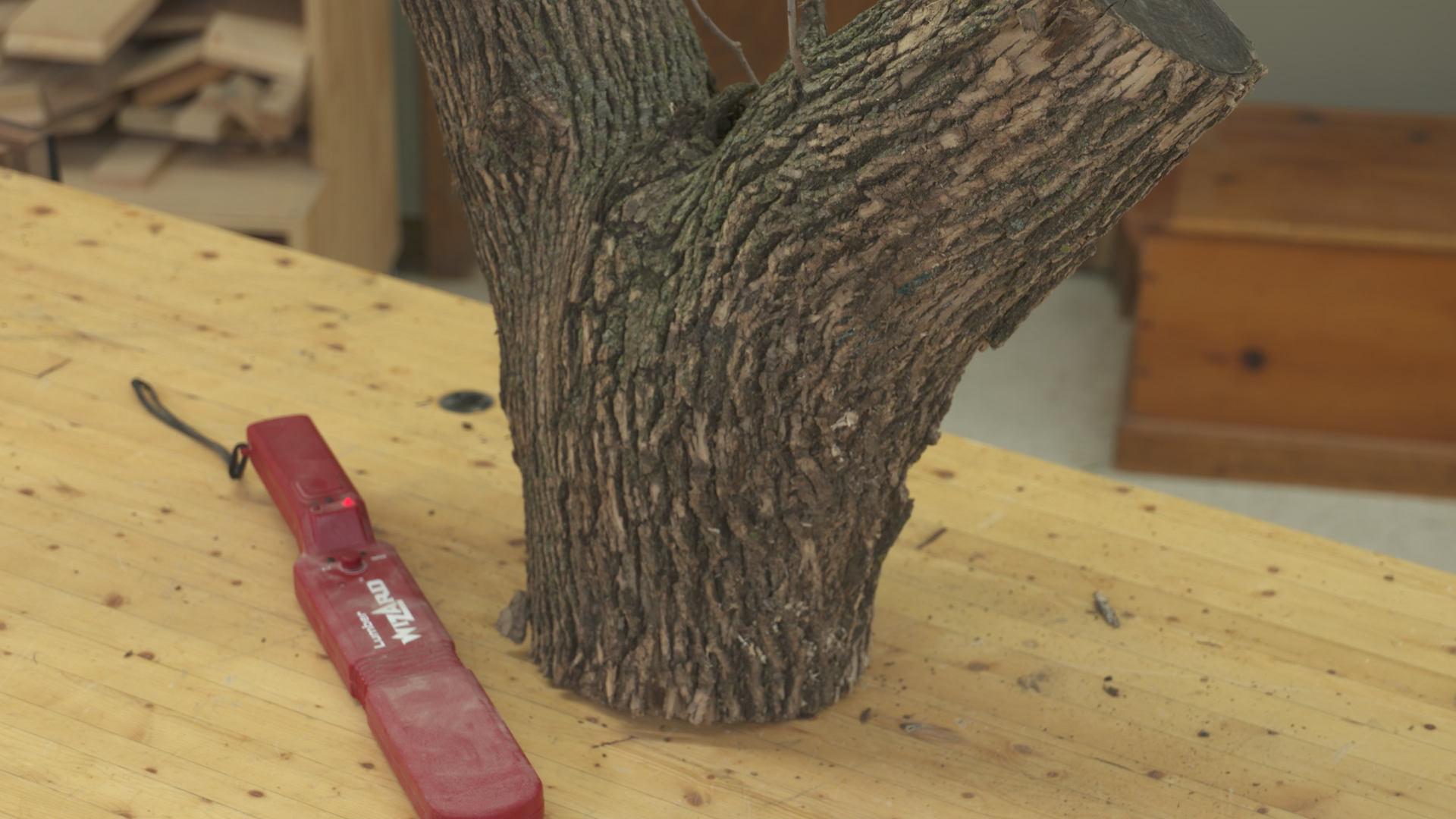
If you were to use this wood column outdoors, is outdoor glue enough to keep it held it together? If not, what would you suggest to fasten the sides? I'd prefer it is not visible. Thanks!
Where do you purchase the adhesive sandpaper roll used in this video?
You're a great explainer, generally, but I think you might want to edit in a graphic advising to sand *both* halves flat. It should be obvious, of course, but some might not get it. Thanks for all the vids.
Strap clamps... 2nd least favorite tool in the shop. Evil necessity. :D Cheers, Chris.
I would question the use of tape for "clamping" the two half sections, then using the band clamps at the end. You won't get the needed clamping pressure from just the tape. I would consider using either splines or dominos on those joints to ensure they are strong.